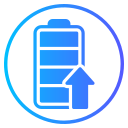Fast-Charging Technologies for EVs: Turning Coffee Breaks into Range
Theme selected: Fast-Charging Technologies for EVs. Explore how cutting-edge batteries, power electronics, and smart infrastructure make ultra-rapid charging practical, safe, and surprisingly human. Join the conversation, share your fastest session, and subscribe for fresh insights.
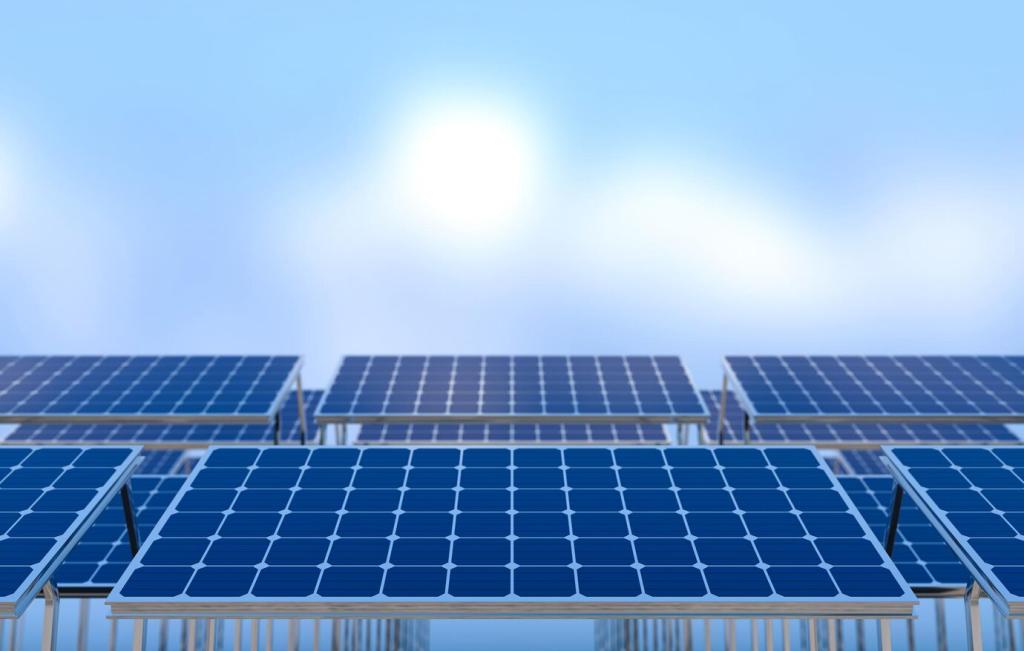
Fast charging is about delivering high power efficiently. Higher voltage lowers current for the same power, reducing heat and cable thickness. That is why many modern EVs adopt 800V architectures to sustain strong charging rates without massive, unwieldy cables.
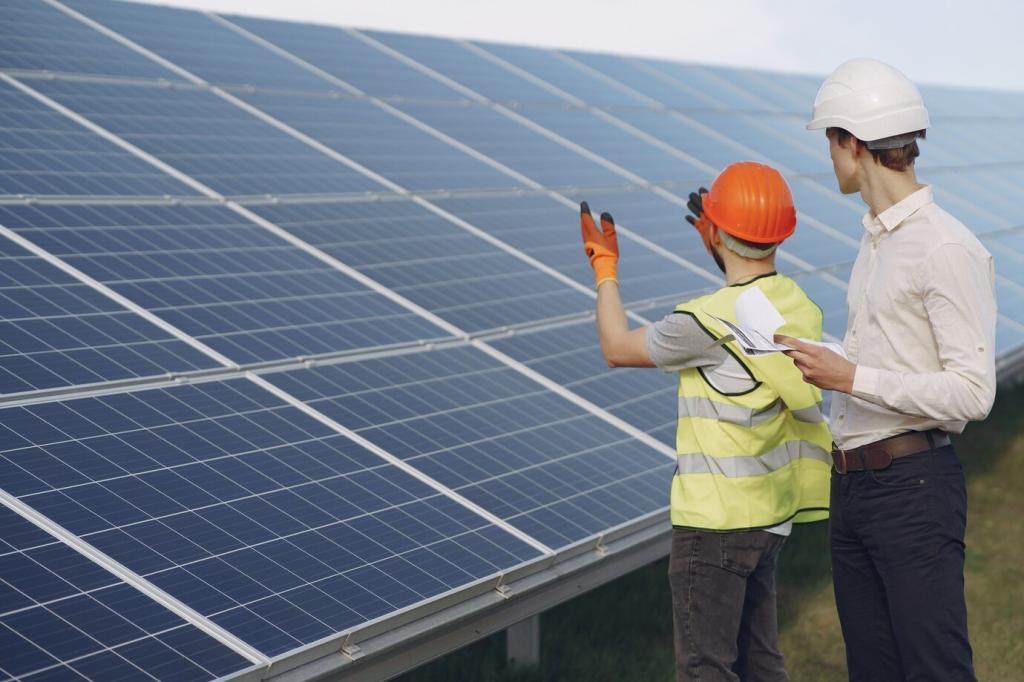
The Hardware Behind Ultra-Rapid Charging
Silicon Carbide and Efficient Power Conversion
Modern fast chargers use silicon carbide power electronics to reduce switching losses and heat. Better efficiency means less wasted energy, smaller cooling systems, and more reliable uptime. The result is steadier high-power delivery, even when chargers are busy and ambient temperatures climb.
Liquid-Cooled Cables for Comfortable Handling
Liquid-cooled cables keep temperatures in check while carrying serious current. Cooler cables are lighter and easier to handle, improving accessibility and safety. That comfort matters when drivers are juggling luggage, kids, or a dog that just wants out after a long highway leg.
Connectors and Standards: CCS, NACS, and Beyond
Connectors like CCS and NACS define pins, communication, and safety. They coordinate handshake, payment, and power delivery. As networks converge on interoperable standards, drivers get simpler experiences: pull up, plug in, and focus on where you are heading next, not on adapters.
Thermal Management: Protecting Speed and Battery Health
Before you arrive, many EVs precondition the battery to an optimal temperature window. Navigation triggers this warmup so the pack accepts higher power immediately. It feels magical: arrive, plug in, watch the numbers climb, and grab a coffee while electrons sprint.
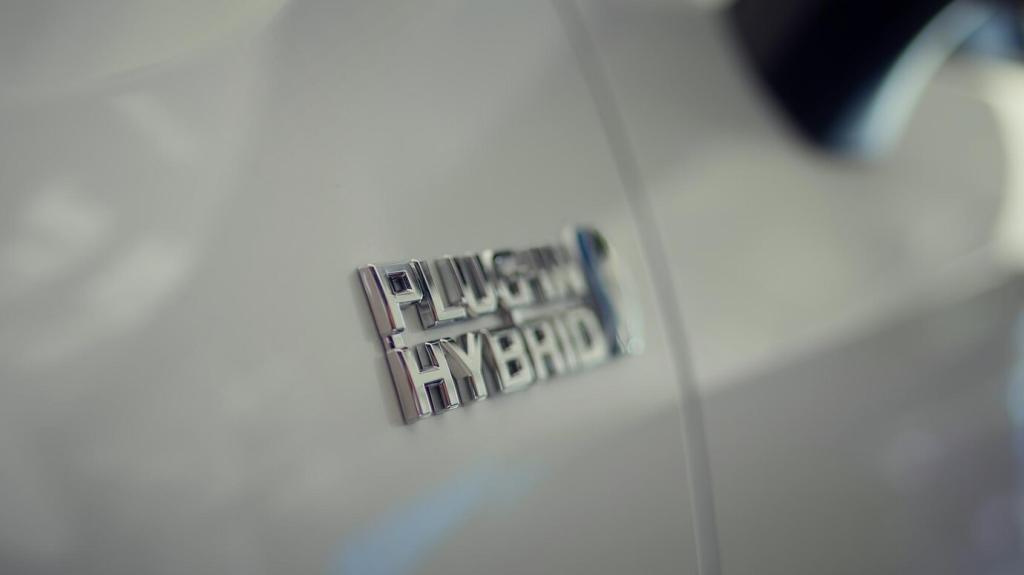

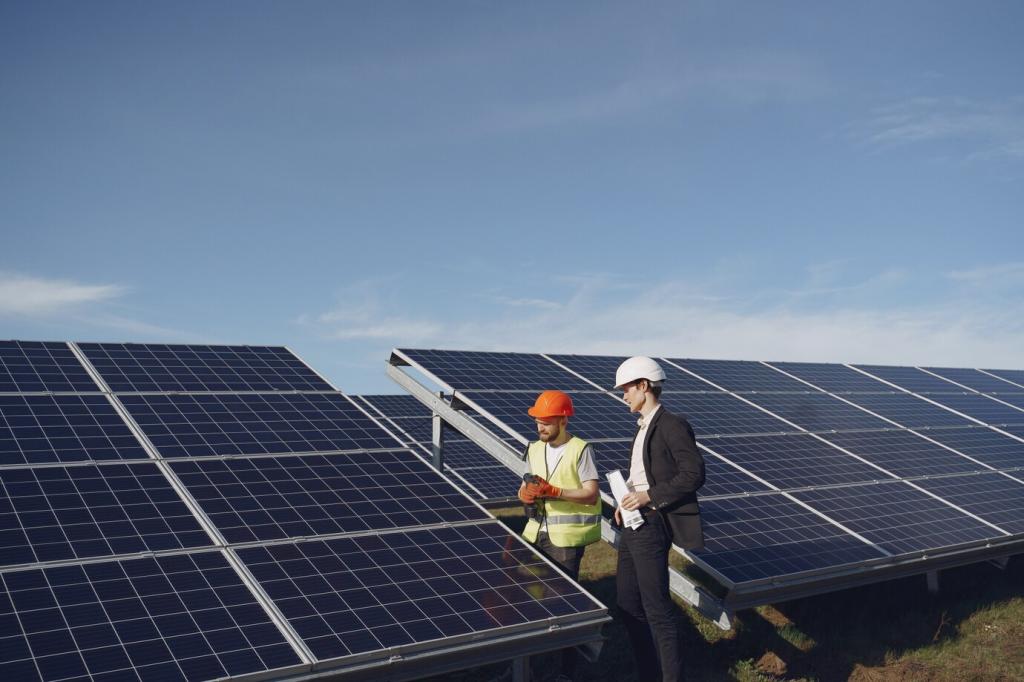
Human Moments at High Power: The User Experience
Modern navigation estimates charge times, suggests optimal stops, and preconditions the battery. That confidence turns range anxiety into itinerary planning. Share your favorite route in the comments, and subscribe for weekly guides to new corridors opening across the map.
Human Moments at High Power: The User Experience
Plug-and-charge lets the car authenticate automatically. No cards, no apps, just connect and go. It reduces friction at busy stations and helps families stay focused on bathrooms, snacks, and stretching, not fiddling with screens or codes under a rainy awning.
What’s Next: The Future of Fast-Charging Technologies for EVs
Emerging materials aim for higher energy density and safer, faster acceptance of charge. Solid-state electrolytes and silicon-rich anodes could widen the sweet spot for rapid sessions. We will unpack real progress versus hype in upcoming posts—subscribe so you don’t miss the reveals.
What’s Next: The Future of Fast-Charging Technologies for EVs
Higher-voltage platforms reduce current, cable mass, and losses. Combined with efficient power modules, they maintain stronger charge rates deeper into sessions. Expect more models adopting these architectures as networks standardize and manufacturing volumes drive costs down.
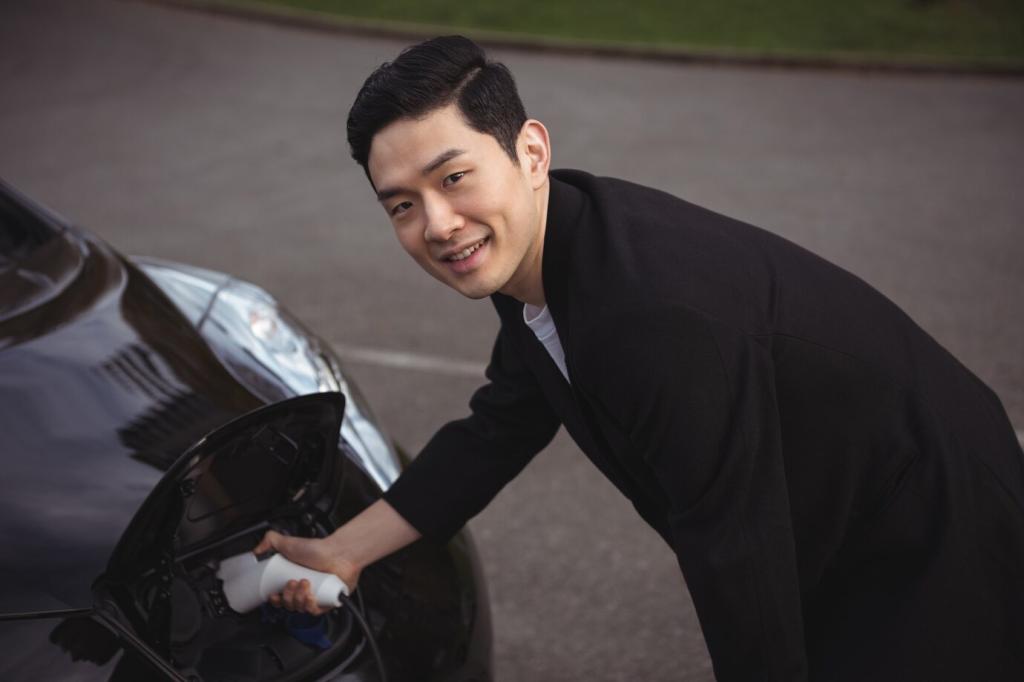

Safety, Reliability, and Standards You Can Trust
Interoperability Testing and Certification
Automakers and networks run cross-tests to ensure vehicles handshake properly with chargers. Certification catches odd edge cases before you arrive. That is why newer sites often feel more seamless: they have rehearsed your session a thousand times in the lab.
Uptime, Monitoring, and Rapid Repairs
Remote diagnostics watch temperatures, handshake logs, and power modules. When issues pop up, technicians arrive with the right parts. If this matters to you, tell us which stations impress you most, and we will investigate what they do differently.
Weatherproofing and Durable Design
Enclosures, seals, and conformal coatings guard electronics from rain, salt, and dust. Cable strain relief and connector durability keep daily wear from becoming downtime. It is unglamorous engineering that makes your fast charge feel routine, even in wild weather.
